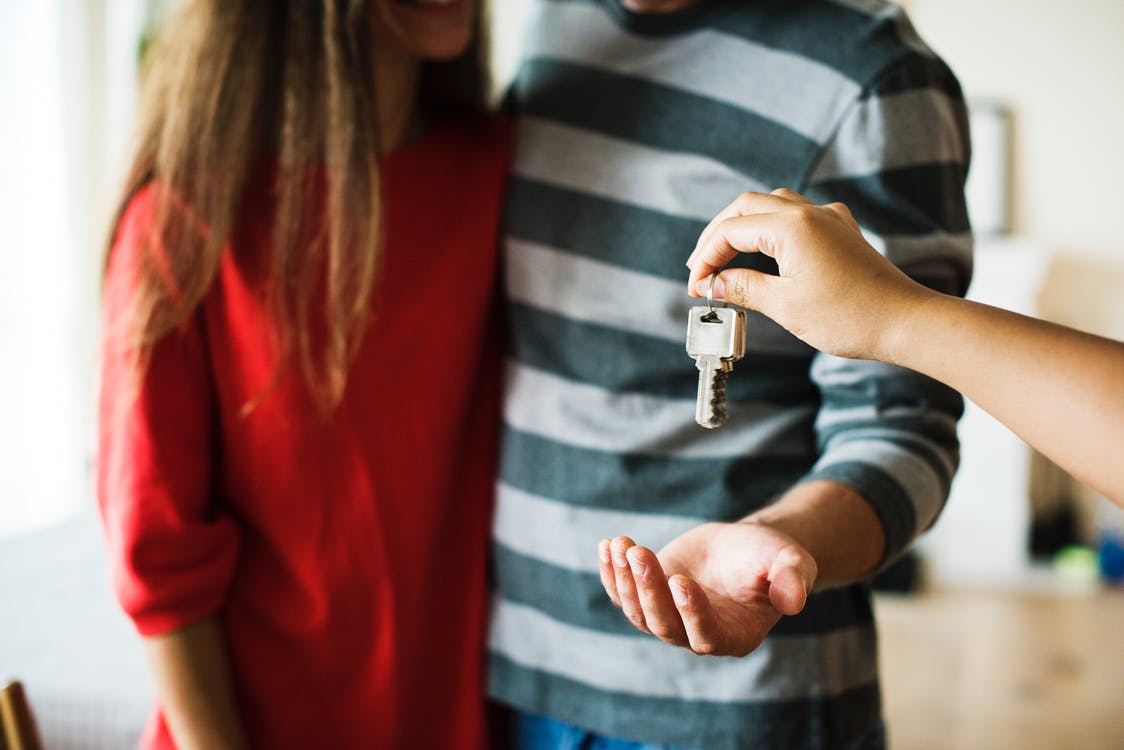
When you reach retirement age, you may find yourself needing a financial boost. One way to get that boost is with a reverse mortgage, but reverse mortgages can be a bit confusing. You may wonder exactly what their advantages are and if there are any disadvantages associated with them. You may also wonder if getting one serves any purpose at all, if you already have a traditional mortgage. Read on to find out.
The Reverse Mortgage Versus Standard Mortgage Repayment Advantage
One of the biggest reasons to get a reverse mortgage as opposed to a standard mortgage is to avoid the need to pay it back quickly. A standard mortgage requires you to make regular payments back to your lending institution. A reverse mortgage lender has no such requirement. In fact, no money is owed early on and there are no scheduled payments you have to make. For as long as you stay in your home, the agreement remains valid and full restitution is not due back to the reverse mortgage lender.
Using Reverse Mortgage Calculator Tools to Know What You Can Borrow
Figuring out how much you can borrow with a reverse mortgage is complex. It requires the use of a reverse mortgage calculator because of the many factors involved. That is a special tool designed to tell you exactly how much home equity you can potentially convert to cash. The reverse mortgage calculator is partially necessary because of federal regulations preventing you from borrowing an amount equal to the entire value of your home.
The Reverse Mortgage Payout Selection Advantage
A reverse mortgage is also useful because it offers some payout selection advantages. After you use a reverse mortgage calculator to figure out how much you can borrow, you must decide how you want to borrow it. Your reverse mortgage lender can issue you monthly payments to help with ongoing living expenses. Alternatively, you can opt for one large payment to cover a major expense. A third option you may prefer is to set up a reverse mortgage line of credit so you can borrow exactly what you need only when it is necessary to do so.
The Reverse Mortgage Home Ownership Advantage
Another big advantage of obtaining a reverse mortgage is you cannot be evicted from your home for failing to make payments on it. That is because no payments are scheduled. You keep your home no matter what, as long as you continue paying the expenses associated with owning it, such as taxes. However, you are also responsible for continuing to maintain the property properly. Additionally, if you ever leave the home, your family members cannot take possession of it unless the loan balance is paid. If a remaining balance goes unpaid, the home must be sold.
Getting a Reverse Mortgage When You Already Have a Standard Mortgage
The biggest reason to get a reverse mortgage when you already have a standard mortgage is to eliminate scheduled loan payments you must make to your lending institution. By using your reverse loan funds to pay off the first mortgage, you give yourself the flexibility to repay the loan balance at a much later date. However, you must understand you cannot have both mortgages at once. When applying for your reverse mortgage, funds equal to the balance on your traditional loan must be taken off the top and used to repay that loan. Only then can you use remaining funds for other purposes.

